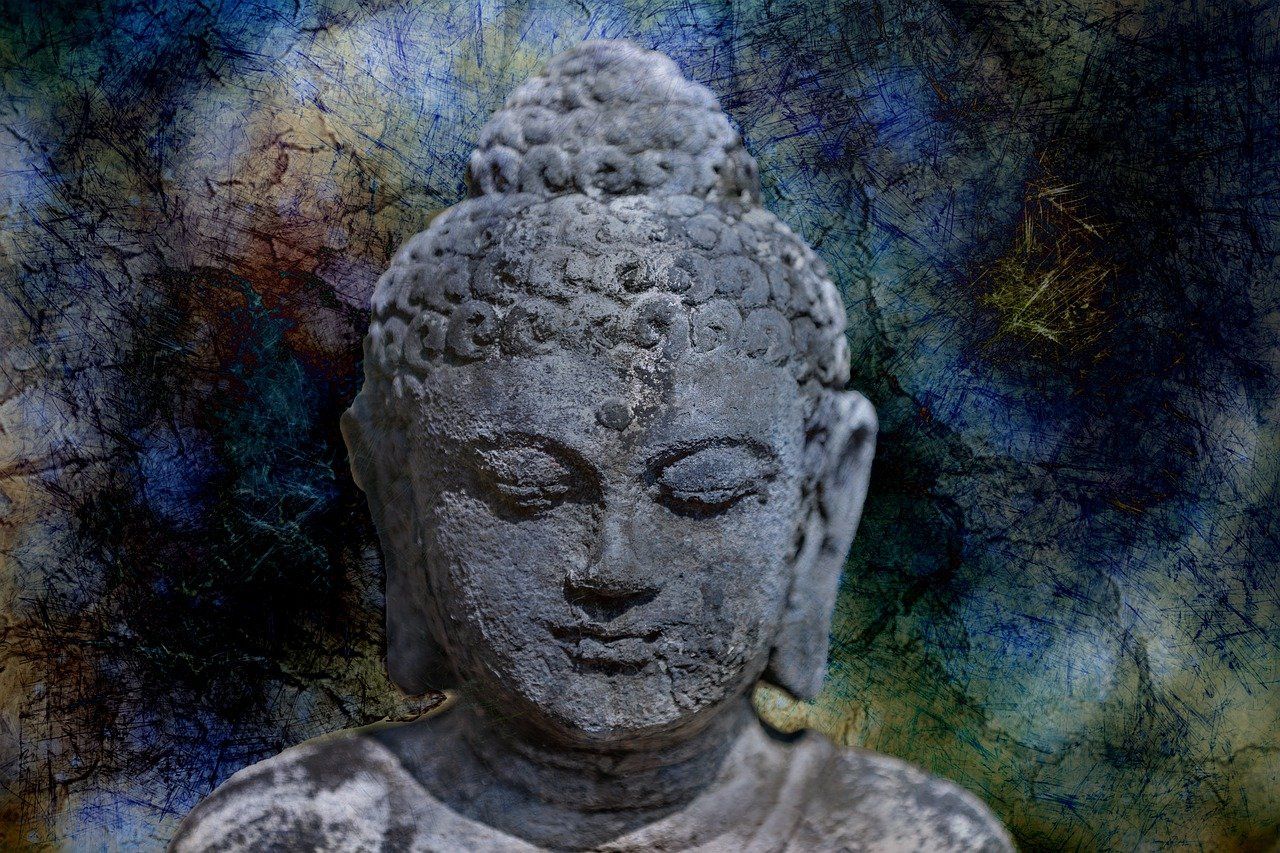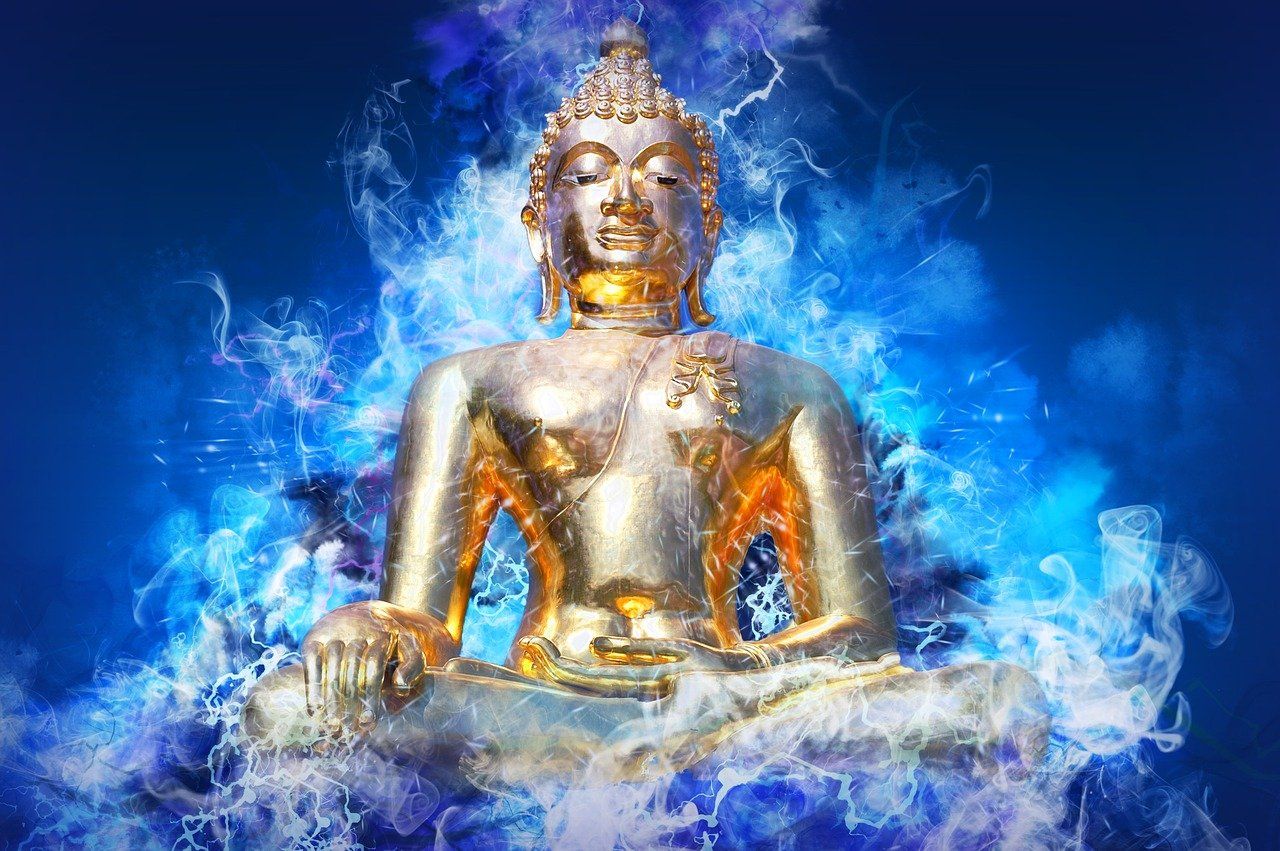The Way of Meditation Blog
Bringing Ancient Wisdom Into The Modern World
The Difference Between Mindfulness and Awareness
April 13, 2015
Meditation is working with our speed, our restlessness, our constant busyness. Meditation provides space or ground in which restlessness might function, might have room to be restless, might relax by being restless. If we do not interfere with restlessness, then restlessness becomes part of the space. We do not control or attack the desire to catch our next tail.
Meditation practice is not a matter of trying to produce a hypnotic state of mind or create a sense of restfulness. Trying to achieve a restful state of mind reflects a mentality of poverty. Seeking a restful state of mind, is being on guard against restlessness. There is a constant sense of paranoia and limitation. We feel a need to be on guard against the sudden fits of passion or aggression which might take us over, make us lose control. This guarding process limits the scope of the mind by not accepting whatever comes.
Instead, meditation should reflect a mentality of richness in the sense of using everything that occurs in the mind. Thus, if we provide enough room for restlessness so that it might function within the space, then the energy ceases to be restless because it can trust itself fundamentally. Meditation is giving a huge, luscious meadow to a restless cow. The cow might be restless for a while in its huge meadow, but at some stage, because there is so much space, the restlessness becomes irrelevant. So the cow eats and eats and eats and relaxes and falls asleep.
Mindfulness and Awareness
Acknowledging restlessness, identifying with it, requires mindfulness, whereas providing a luscious meadow, a big space for the restless cow requires awareness. So mindfulness and awareness always complement each other. Mindfulness is the process of relating with individual situations directly, precisely, definitely.
You communicate or connect with problematic situations or irritating situations in a simple way. There is ignorance, there is restlessness, there is passion, there is aggression. They need not be praised or condemned. They are just regarded as fits. They are conditioned situations, but they could be seen accurately and precisely by the unconditioned mindfulness.
Mindfulness is like a microscope; it is neither an offensive nor a defensive weapon in relation to the germs we observe through it. The function of the microscope is just to clearly present what is there. Mindfulness need not refer to the past or the future; it is fully in the now. At the same time it is an active mind involved in dualistic perceptions, for it is necessary in the beginning to use that kind of discriminating judgment.
You communicate or connect with problematic situations or irritating situations in a simple way. There is ignorance, there is restlessness, there is passion, there is aggression. They need not be praised or condemned. They are just regarded as fits. They are conditioned situations, but they could be seen accurately and precisely by the unconditioned mindfulness.
Mindfulness is like a microscope; it is neither an offensive nor a defensive weapon in relation to the germs we observe through it. The function of the microscope is just to clearly present what is there. Mindfulness need not refer to the past or the future; it is fully in the now. At the same time it is an active mind involved in dualistic perceptions, for it is necessary in the beginning to use that kind of discriminating judgment.
Awareness is seeing the discovery of mindfulness. We do not have to dispose of or keep the contents of mind. The precision of mindfulness could be left as it is because it has its own environment, its own space. We do not have to make decisions to throw it away or keep it as a treasure. Thus awareness is another step toward choicelessness in situations.
The Sanskrit word for awareness is smriti which means “recognition,” “recollection.” Recollection not in the sense of remembering the past but in the sense of recognizing the product of mindfulness. The mindfulness provides some ground, some room for recognition of aggression, passion and so on. Mindfulness provides the topic or the terms or the word, and awareness is the grammar which goes around and correctly locates the terms. Having experienced the precision of mindfulness, we might ask the question of ourselves, “What should I do with that? What can I do next?” And awareness reassures us that we do not really have to do anything with it but can leave it in its own natural place.
It is like discovering a beautiful flower in the jungle; shall we pick the flower and bring it home or shall we let the flower stay in the jungle? Awareness says leave the flower in the jungle, since it is the natural place for that plant to grow. So awareness is the willingness not to cling to the discoveries of mindfulness, and mindfulness is just precision; things are what they are. Mindfulness is the vanguard of awareness. We flash on a situation and then diffuse that one-pointedness into awareness.
So mindfulness and awareness work together to bring acceptance of living situations as they are. We need not regard life as worth boycotting or indulging in. Life situations are the food of awareness and mindfulness; we cannot meditate without the depressions and excitement that go on in life.
We wear out the shoe of suffering by walking on it through the practice of meditation. The combination of mindfulness and awareness maintains the journey, so meditation practice or spiritual development depends upon suffering. From the aerial point of view, we could say that there need not be samsara or nirvana, that making the journey is useless. But since we are on the ground, making the journey is extraordinarily useful.
The Sanskrit word for awareness is smriti which means “recognition,” “recollection.” Recollection not in the sense of remembering the past but in the sense of recognizing the product of mindfulness. The mindfulness provides some ground, some room for recognition of aggression, passion and so on. Mindfulness provides the topic or the terms or the word, and awareness is the grammar which goes around and correctly locates the terms. Having experienced the precision of mindfulness, we might ask the question of ourselves, “What should I do with that? What can I do next?” And awareness reassures us that we do not really have to do anything with it but can leave it in its own natural place.
It is like discovering a beautiful flower in the jungle; shall we pick the flower and bring it home or shall we let the flower stay in the jungle? Awareness says leave the flower in the jungle, since it is the natural place for that plant to grow. So awareness is the willingness not to cling to the discoveries of mindfulness, and mindfulness is just precision; things are what they are. Mindfulness is the vanguard of awareness. We flash on a situation and then diffuse that one-pointedness into awareness.
So mindfulness and awareness work together to bring acceptance of living situations as they are. We need not regard life as worth boycotting or indulging in. Life situations are the food of awareness and mindfulness; we cannot meditate without the depressions and excitement that go on in life.
We wear out the shoe of suffering by walking on it through the practice of meditation. The combination of mindfulness and awareness maintains the journey, so meditation practice or spiritual development depends upon suffering. From the aerial point of view, we could say that there need not be samsara or nirvana, that making the journey is useless. But since we are on the ground, making the journey is extraordinarily useful.
Get A FREE
Guided Meditation Series
with Chad Foreman

In today’s fast-paced world, the mind often races, driven by the demands of work, family, and personal ambitions. Meditation is commonly seen as a practice to calm the mind, foster inner peace, and connect with deeper aspects of existence. Yet, one crucial element often overlooked is the state of the body, particularly the nervous system. Relaxing the nervous system isn’t just a preparatory step; it is foundational for unlocking the deeper states of awareness and tranquility that meditation promises. Drawing insights from my journey and teachings, we will explore why this is so vital and how it transforms the meditative experience.











